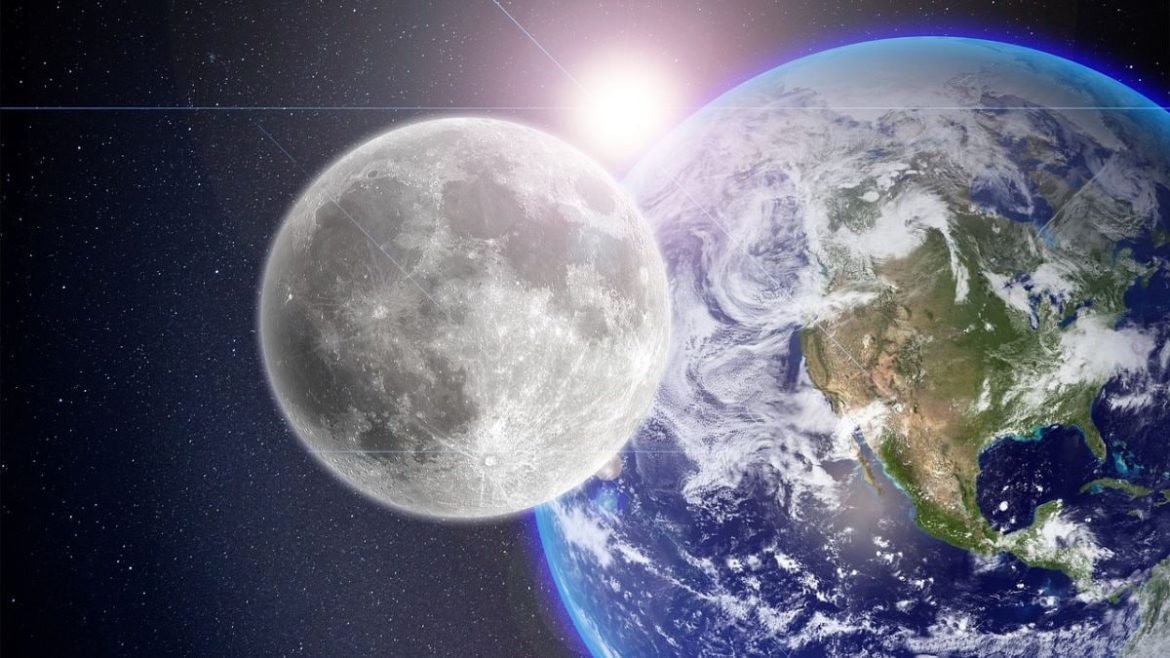This ‘mini-moon’ is actually an asteroid called ‘2024 PT5,’ roughly the size of a school bus. When it flew past Earth on Sunday (Sept 29), it was briefly pulled in by our planet’s gravity. However, this double delight of having two ‘moons’ will be short-lived, as the asteroid will only orbit Earth for 57 days.
The asteroid will escape Earth’s gravity and vanish into deep space by late November. Discovered on August 7, 2024, ‘2024 PT5’ was identified by the Asteroid Terrestrial-impact Last Alert System (ATLAS), an automated monitoring system funded by NASA and operated from Hawaii. This system tracks near-Earth asteroids.
In a report from the Research Notes of the American Astronomical Society (RNAAS), astronomers noted that the orbital characteristics of 2024 PT5 resemble those of asteroids originating from the Arjuna asteroid belt, a sparsely resonant group of small Near-Earth Objects (NEOs). Dr. Anil Kumar, head of ISRO’s Network for Space Objects Tracking and Analysis (NETRA), which is monitoring the asteroid, confirmed that this ‘mini-moon’ is part of the Arjuna asteroid grouping.
The grouping is named after Arjuna, a main character in the epic Mahabharata, who was known for his skill in archery and bravery. This name reflects the asteroid’s fast movement through space and its unpredictable nature, just like Arjuna’s quick arrows.
The asteroid, measuring just 10 meters in diameter, is 350,000 times smaller than Earth’s regular Moon, which has a diameter of 3,476 km, making it too small to detect without specialised equipment. Carlos de la Fuente Marcos and Raúl de la Fuente Marcos, two scientists who reported it, said, “NEOs that follow horseshoe paths, and approach our planet at close range and low relative velocity, may undergo mini-moon events in which their geocentric energy becomes negative for hours, days or months, but without completing one revolution around Earth”.
Marcos said this is not the first time mini Moons appear around the Earth. It happened in 1997, 2013 and 2018, a report said. On Nov 25, asteroid ‘2024 PT5’ will part ways with the Earth and continue its solo trajectory in cosmos. It’s expected to pass by Earth again in 2055.




